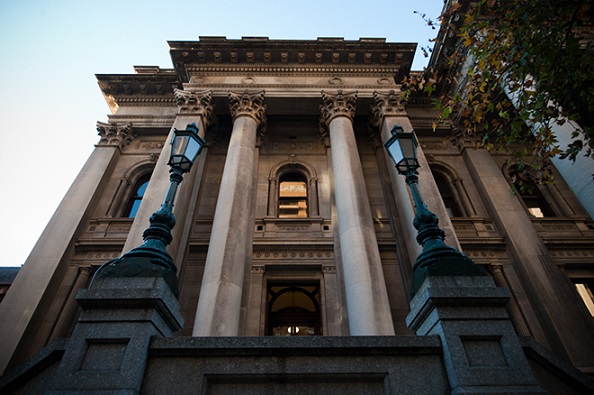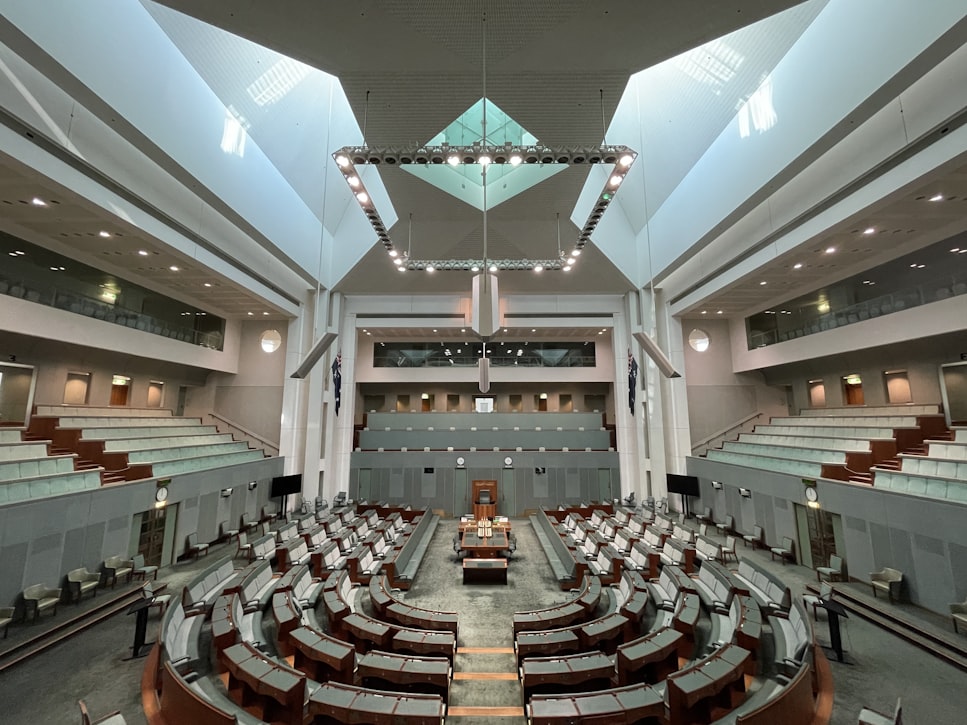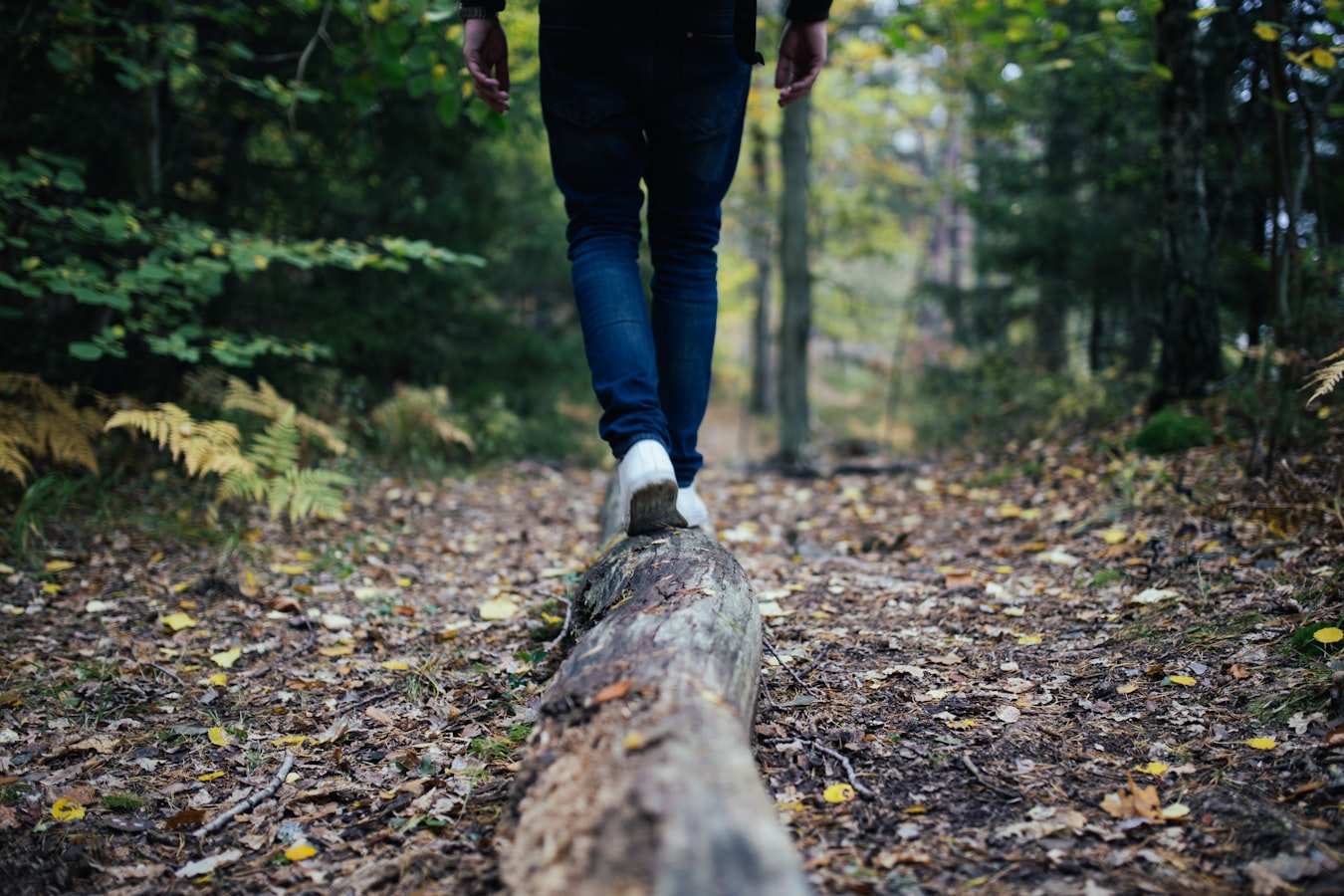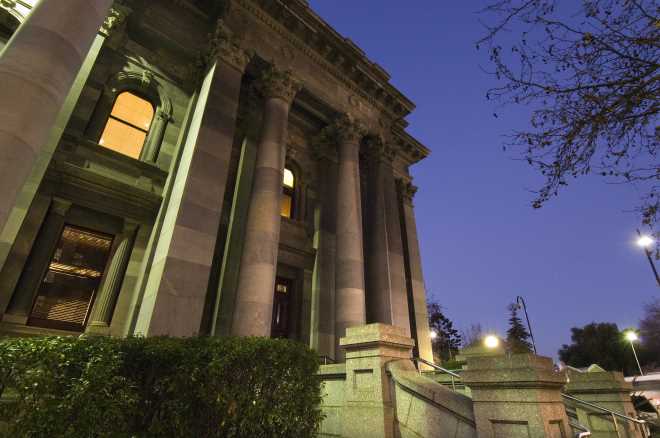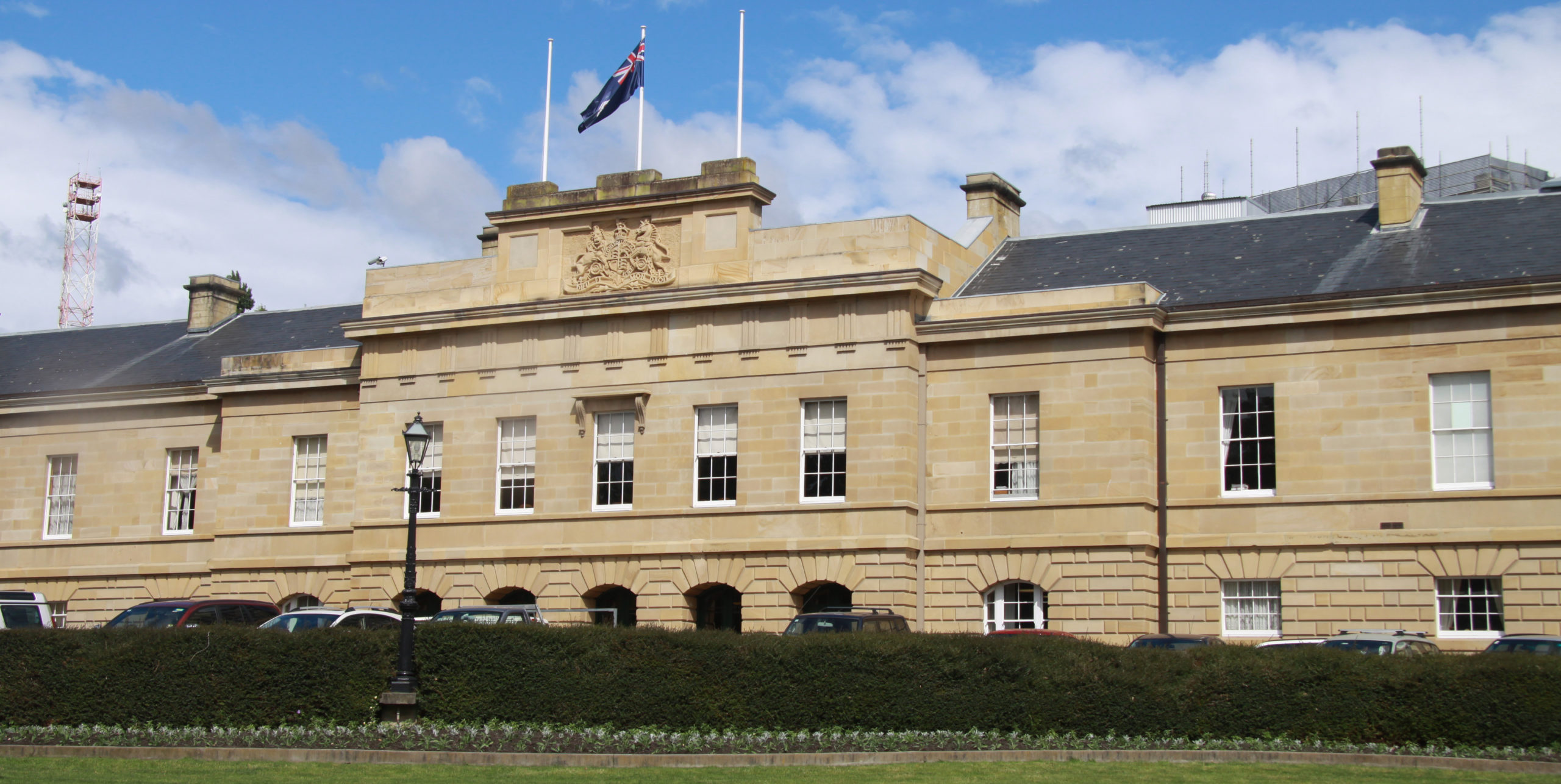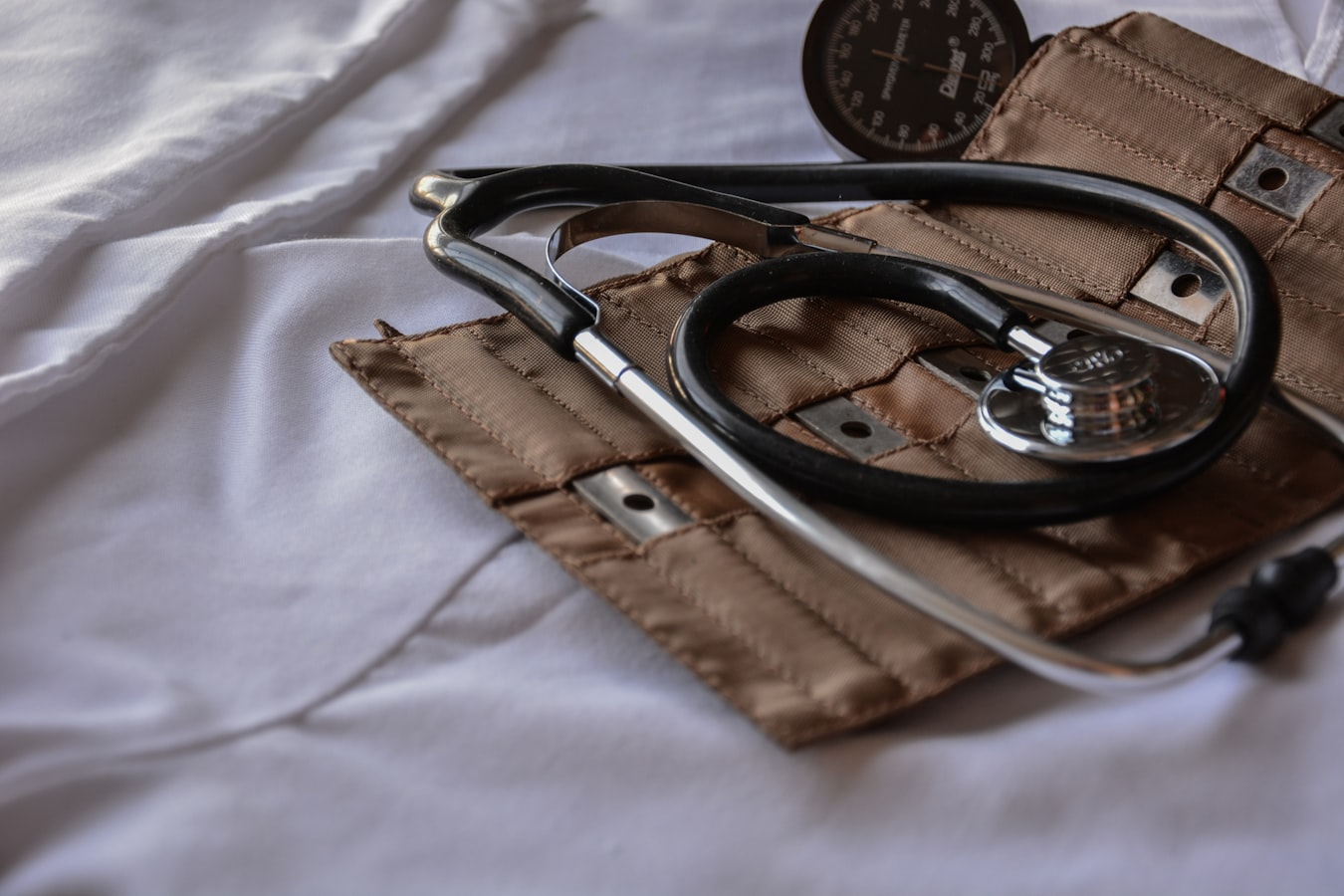New research from UNSW Sydney addresses the glaring gap in national and global research by focusing on the experiences of sexual violence among LGBTIQA+SB Australians.
The findings from the world’s largest survey of LGBTIQA+SB experiences of sexual violence show more funding, support and research is needed to prevent and respond to the increased risk of victimisation and abuse faced by these communities.
The ³Ô¹ÏÍøÕ¾ Survey of LGBTIQA+SB Experiences of Sexual Violence was undertaken by UNSW researchers from the Gendered Violence Research Network and funded by the Federal Department of Social Services. Though the survey is not designed to be representative, the nearly 3200 participants, including 416 First Nations Australians, who shared their experiences of sexual violence in their lifetime provide insight into the range of experiences and views of sexual violence amongst LGBTIQA+SB people.
Sexual violence is a broad spectrum of behaviours perpetrated against adults and children, including sexual harassment, stalking, forced or deceptive sexual exploitation (such as having images taken or distributed without freely given consent), unwanted exposure of genitals, indecent assault and rape.
The extent of sexual violence experiences
The survey found 76% of participants reported experiencing a form of sexual violence at some point in their life. More than half of respondents (52%) said they had experienced both child sexual abuse and sexual assault as an adult. Over 80% of perpetrators were identified as cis-gender men.
7% of respondents reported solely child sexual abuse, while 17% experienced sexual violence only in adulthood. Those who faced sexual victimisation in both childhood and adulthood reported the worst outcomes for their health, wellbeing and economic security.
The survey also found many people carried the burden of sexual violence for a long time, with most survivors reporting they had been deeply affected by an incident that occurred more than five years ago or during childhood. First Nations people, particularly trans women and trans men, reported higher rates and more severe victimisation.
Professor Michael Salter, lead chief investigator of the report and the Director of Childlight (East Asia and Pacific) at UNSW Arts, Design & Architecture, said the findings highlight the urgent need for targeted support and intervention.
“This is the largest survey of LGBTIQA+SB experiences of sexual violence ever undertaken in Australia or internationally,” Prof. Salter said. “The findings are a wake-up call that efforts to prevent sexual violence and support victims and survivors need to have LGBTIQA+SB communities front of mind.”
The researchers note that survivors of sexual violence may be over-represented, given the survey’s specific focus. While the findings are not representative and cannot be applied to all LGBTIQA+SB Australians, Prof. Salter said they provide crucial insights into the range of experiences and views in these communities.
“Our research provides a vital evidence base for governments, community organisations and services to take action on sexual violence for LGBTIQA+SB people,” Prof. Salter said. “Across the spectrum of prevention, early intervention, response and recovery, the survey has identified opportunities to address the burden of sexual violence for LGBTIQA+SB people around the country.”
Barriers to seeking help and recommendations for support
Feelings of shame, embarrassment and fear of blame were the key barriers survivors faced in seeking help, with many questioning whether their experience would meet the threshold of sexual assault or violence.
When victims did choose to speak up, their experiences varied, with some experiencing appropriate support, while many others reported victim-blaming or that their claims were dismissed, which worsened their trauma. Some participants who sought counselling or therapy also reported feeling alienated by professionals in response to their experiences. The report recommends more support be given to victims so they can speak up.
More work also needs to be done to reduce the stigma surrounding the acknowledgement of sexual victimisation. Fewer than 40% of all cisgender men reported their experiences of sexual violence, while First Nations cisgender men were the least likely to report it.
The report also recommends integrating LGBTIQA+SB perspectives into the school curriculum, focusing on respectful relationships and sexual consent to enhance sexual violence prevention. Trauma-informed training that is sensitive to LGBTIQA+SB issues and identities and improving access to affordable and inclusive mental health care in the aftermath of sexual violence were also among the key recommendations.

